“We’re looking at broken glass, through broken glass.” — Thomas Hübl.
By now, I know the look well.
Drop the words “collective trauma” into conversation and you’ll see a familiar expression ghosting across the face of your interlocutor.
For a micro-second they go blank. Then they change the subject.
But there are some people — as yet a minority — for whom the phrase has the opposite effect.
There’s an almost audible click as the key turns. There’s a leaning in. The conversation starts to feel exciting — almost taboo. The moment is ripe to go deeper.
If you recognise yourself in that second group, then Resonant World is for you.
Global movement
This newsletter aims to serve a fast-growing, global movement seeking to understand the impact of collective trauma — and find ways to help heal it.
Though I’ve spent years reporting on the impact of trauma on individuals, figuring out how traumatic experiences cascade through communities, cultures, countries and the planet as a whole is a prospect that leaves me by turns electrified and overwhelmed. But each time I push through the resistance to write about this question, I leave my keyboard feeling lighter.
I suspect — and hope to demonstrate — that collective trauma is one of the most powerful explanatory lenses for understanding the world’s many intractable crises. Relative to its potential, it’s a tool that’s barely been taken out of its box. Resonant World aims to support the many people working to change that.
What I plan to offer
To make the newsletter more manageable, I propose to run it as a six-month experiment and then review. I’ll be following clues, rather than delivering dogma. Momentum — not perfect prose — will be the watchword. I’ll write as best I can in the time I allot (in the unlikely event all goes to plan, that’s one workday a week). Findings will be bold, provisional, ever-evolving and subject to radical revision in the light of new insights and feedback. The invitation to readers is to participate, comment, share and co-create as we go.
Here’s what I plan to offer:
Weekly updates exploring how collective trauma shows up in ourselves and the world around us — and how we can respond.
Reports on collective healing work in action around the world.
A community of like-minded explorers of the collective psyche.
Podcasts of my personal insights and interviews.
Reading recommendations and resources.
My intent is that Resonant World will form part of what the author and teacher Thomas Hübl1 calls the “global healing architecture” — a self-assembling mycelium of groups and individual initiatives rapidly emerging to engage in collective trauma work at this time. This newsletter will form a node in this evolving network — a place to find inspiration, connect and, at least occasionally, have your mind blown.
So what is collective trauma?
It’s been almost 150 years since Josef Breuer, a celebrated physician to the Viennese bourgeoisie, performed what is considered to be the first course of psychoanalysis on a young woman known as “Anna O.” She coined a memorable term for these daily conversations about her tormented inner life — the “talking cure.”
Psychotherapy has gone through a thousand permutations since then. But it’s a safe bet that if you live in today’s globalised culture and you’re struggling with your thoughts and emotions, then the default option will be to seek one-on-one therapy. It certainly was for me.
When the right client and therapist meet, magic can happen. (An example of a successful therapeutic alliance that’s captivated me lately was Stephanie Foo’s work with Dr Jacob Ham, documented in What My Bones Know, Foo’s powerful memoir of healing from complex trauma. Check out this video of them discussing their process).
A skilled therapist will help you look at your early life, your family history, and what’s going on around you to locate the source of your distress. Often your patterns can be traced back to some form of trauma, especially from childhood.
But “collective trauma” implies a more radical proposition.
What if the trauma is not in us — but we are in the trauma?
Into the trauma matrix
Developing the vocabulary and conceptual precision needed to discuss collective trauma in a meaningful way is one of the main goals of Resonant World. But if I was to sum up the basic proposition, it would go something like this:
We see the world through veils. These veils are silently placed upon us by our families; by the communities we grow up in; by our cultures; our nations and all the history our ancestors have lived. What we see in the present is filtered through the lens of this shared past. And — though it may seem distant in time and space — the chances are that this past was scarred by some variety of war, poverty, genocide, racism, colonialism, slavery and every conceivable form of political, economic and social oppression. We may carry legacies passed down by survivors of terrible circumstances inflicted from without. Or we may be descended from the perpetrators.
Already, I feel a subtle tightness forming in my gut as I write these words — a sensation of being on shaky ground. Clearly, it is impossible to evoke such enormous histories without acknowledging the scope of the present-day injustices they have seeded, and all the reckoning that entails. For sure, it would be easier to pursue a more conventional form of journalistic inquiry and leave an explicit exploration of collective trauma aside. And yet there is something about this topic that calls me.
Investigate my own feelings as I write these words a little further, it occurs to me why the phrase “collective trauma” can be such a turn-off. It evokes a truth that we can feel in our bones but prefer to deny: We’re all caught in a trauma matrix that can feel too overwhelming to contemplate, so we push it away. Or we project the anger, pain, grief and shame accumulated and passed down over generations onto the “other.” Such processes can happen so automatically we don’t register them at all.
Doomed to repeat
At first, these veils operate outside of our awareness. They are “absenced” — to use Otto Scharmer’s term. Families don’t talk about the wounds of the past. Communities enroll new members into a conspiracy of silence. And all of this collective amnesia passes off as normal.
But we pay a price. The unhealed past lives on inside us. It shows up in our symptoms, our repetitive patterns — the cycles of dysfunction that we can’t seem to break.
We know what this looks like on an individual level: failed relationships; addictions; wasted potential. But the process plays out on a collective level too, as anyone who spends half a minute on Twitter can attest.
And so from individuals, to societies — and the planet as a whole. From the war in Ukraine to rising authoritarianism, technological surveillance and the climate crisis, to name a few, the symptoms of collective trauma are everywhere.
What drew me to this topic?
I know that ascribing such explanatory power to trauma might seem radical — or come across as pseudoscientific speculation bordering on magical thinking. In truth, I’m still at the very earliest stages of trying to make sense of all this.
And there’s no doubt that there are many people far more qualified than I to describe the visceral experience of collective trauma in all its many guises. For me, the concept began to come alive in my own body as I pieced together the way the Second World War lived on inside of me — somebody born 30 years after it ended. I plan to write more in future editions about the trauma passed down by my soldier lineage. (For now, I’d recommend Jacob Kishere’s powerful essay on the topic which resonated with me deeply).
Nevertheless, I know that I can only ever bring one perspective — while remaining conscious that there are as many avenues into this topic as there are people on the planet. It might seem presumptuous, at best, to appoint myself as tour guide.
But something compels me to dig deeper.
In my earlier career, I spent years as a correspondent for the Financial Times and Reuters, covering conflicts, political instability and disasters in Africa, Iraq, Afghanistan and Pakistan.
After 14 years living overseas, I returned to Britain a decade ago to write Aftershock: Fighting War, Surviving Trauma and Finding Peace, a book documenting the struggles of military veterans and their families to overcome the psychological scars of war. Through my research, and in trying many different forms of therapy, I began to gain a clearer understanding of how trauma can live on in the mind, body and brain.
In more recent years, I’ve been focused on reporting on the climate crisis, and now work as global investigations editor for DeSmog, a nonprofit climate news service. The sheer intractability of the problem has spurred my search for new thinking.
Why I looked within
While journalism has always been my day job, for the past decade or so I’ve been actively pursuing a healing path of my own. It started in 2011, when I suffered a bout of depression that forced me to take more than two months off work. I’d had periods of this illness every four or five years since my late teens — and I knew something had to change.
Since then, I’ve experimented with everything from men’s groups and sweat lodge ceremonies to meditation, sound healing and psychedelics. I’m currently studying a two-year course with Thomas Hübl on the mystical principles of trauma healing called Timeless Wisdom Training, and I’m excited to be a co-host of the fourth annual online Collective Trauma Summit Hübl is convening from Sept. 28 to Oct. 6. (For a video preview click here).
As I’ve worked on myself, I’ve started to sense the connection between the micro- and the macro- more clearly. As the alchemical principles state: As above, so below. As within, so without. The dysfunction we see on our news feeds is not an accident; it reflects the dysfunction we host within the deepest levels of our own psyches.
As a journalist, I believe that exploring the relationship between our inner lives and the outer world is some of the most vital — and neglected — work we can be doing at this time. Because just as the tensions in the outer are swelling to breaking point, so there are glimmers of something new emerging from within.
Global immune system
I’m basing Resonant World on the proposition that when we come together in healing communities — from a few people to a few thousand — something extraordinary can happen.
We can begin to evoke a kind of collective intelligence that works with and through us. I believe — after the work of Hübl and others — that this intelligence can often support people to resolve trauma, and thereby access deeper dimensions of themselves, far faster than might be possible on their own.
By coming into deeper relation together in the right way, we create fields of coherence, as Hübl describes in his latest book Healing Collective Trauma: A Process for Integrating our Intergenerational and Cultural Wounds. Observing somebody’s encounter with their own pain — we may feel a twang of resonance, just as tuning forks will vibrate together when they hold the same note. We see that we carry a similar imprint, and that their inner work is our own.
To use an analogy from computing: Networks of parallel processors can solve complex problems far faster than a single processor working alone. When we sync up in a safe, intentional and coherent way, we create space for the seemingly miraculous to occur.
The cult of individualism has robbed us of these powers. But we were never meant to heal on our own. The superpower is ready — waiting just beneath the surface — for the moment we are ready to access it again.
That time is now.
I have completed a five-month online course with Thomas called The Collective Healing Journey.


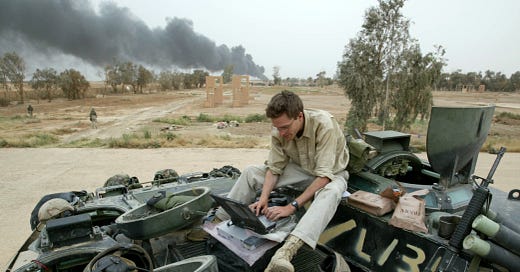



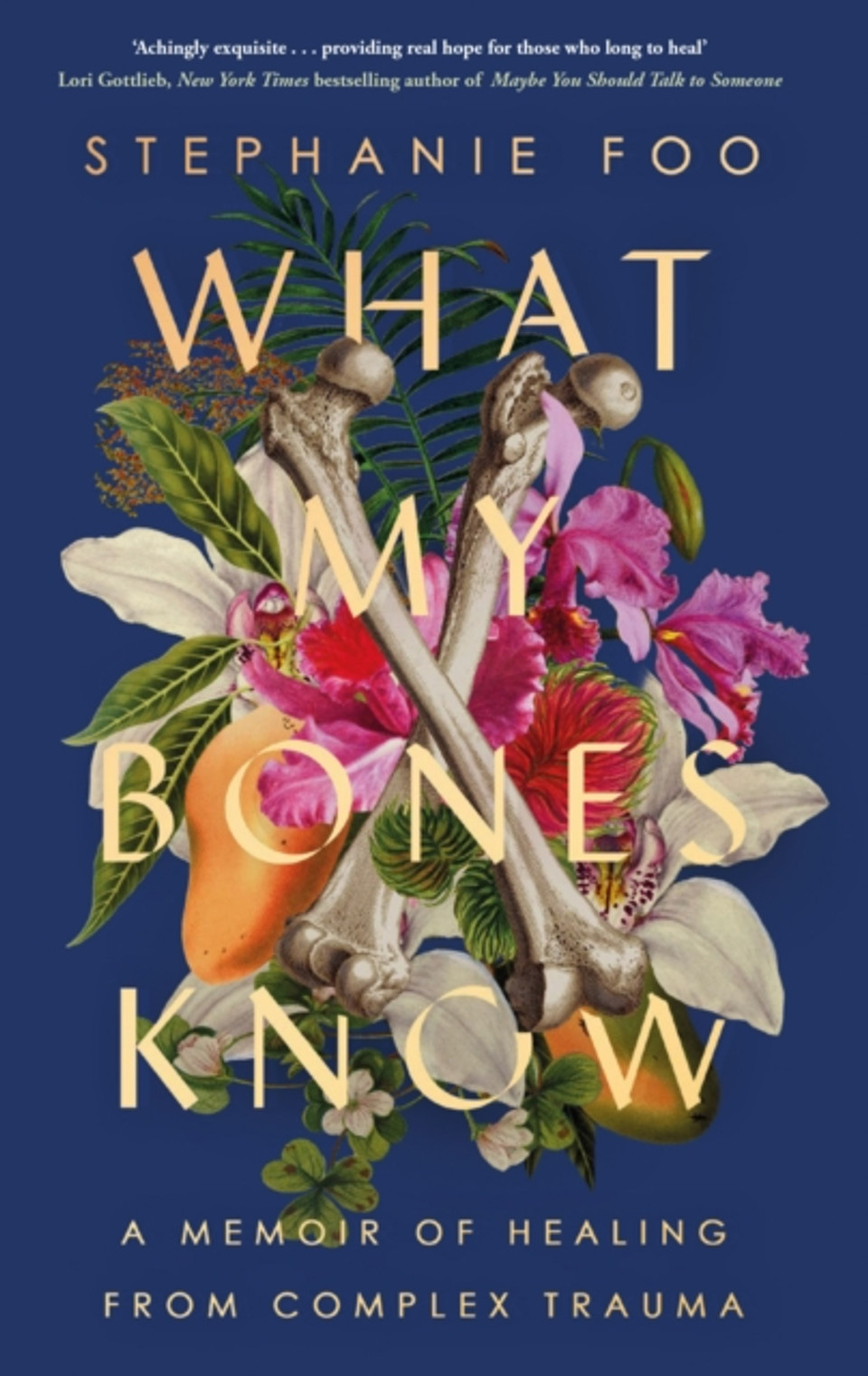
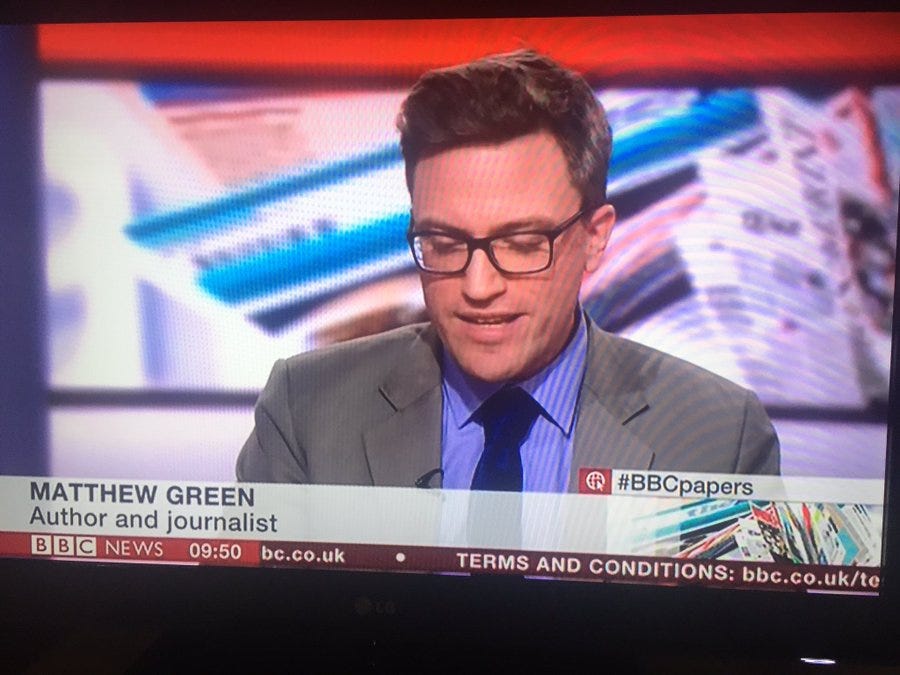
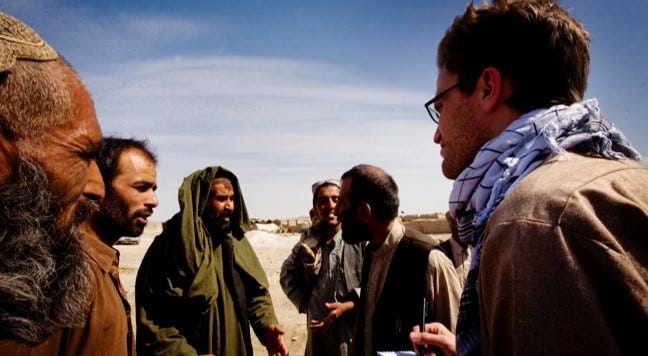
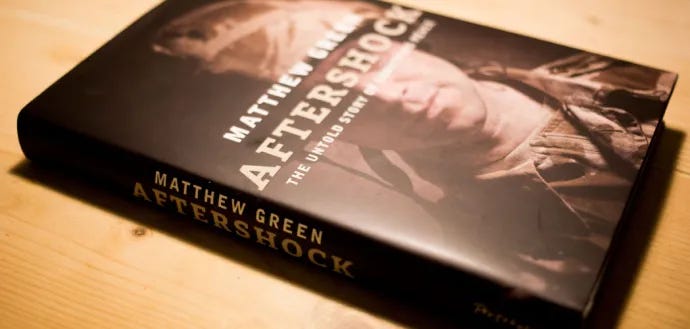
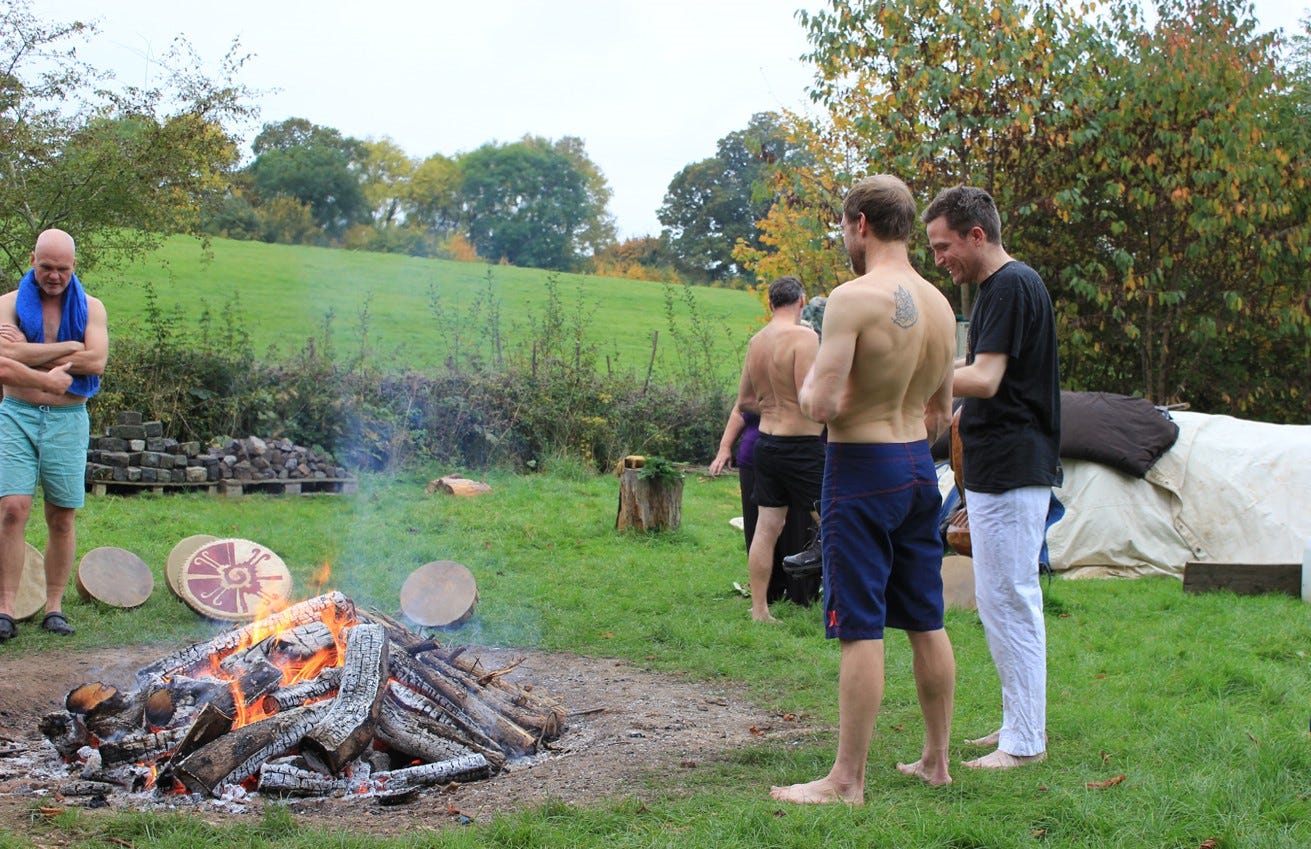
Such an important and necessary topic! Your perspective, experience, and knowledge from several domains will help lead this conversation. Looking forward to reading more and bringing others into the conversation..
Matt, great as usual. Signed up